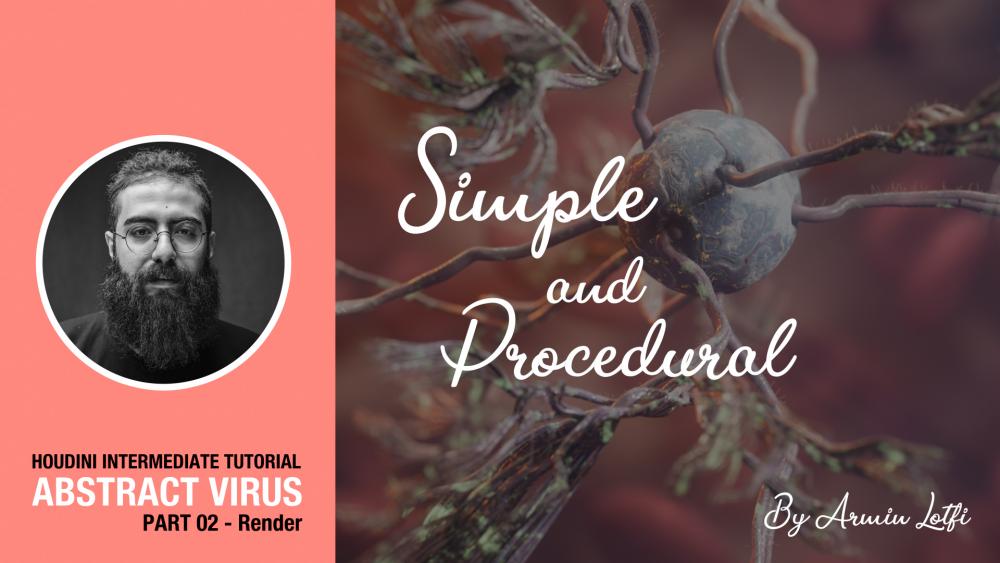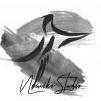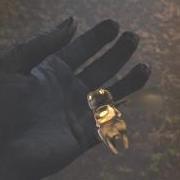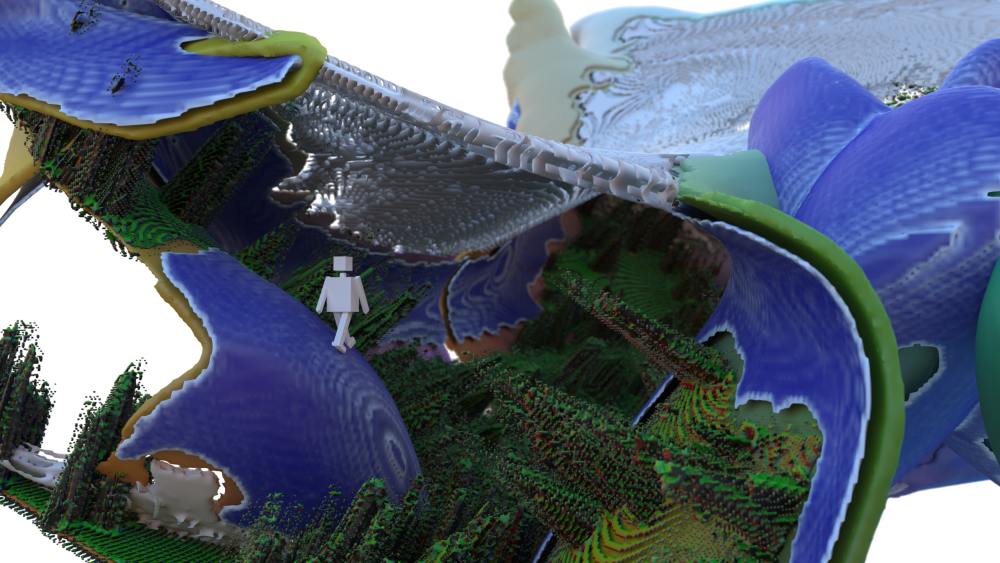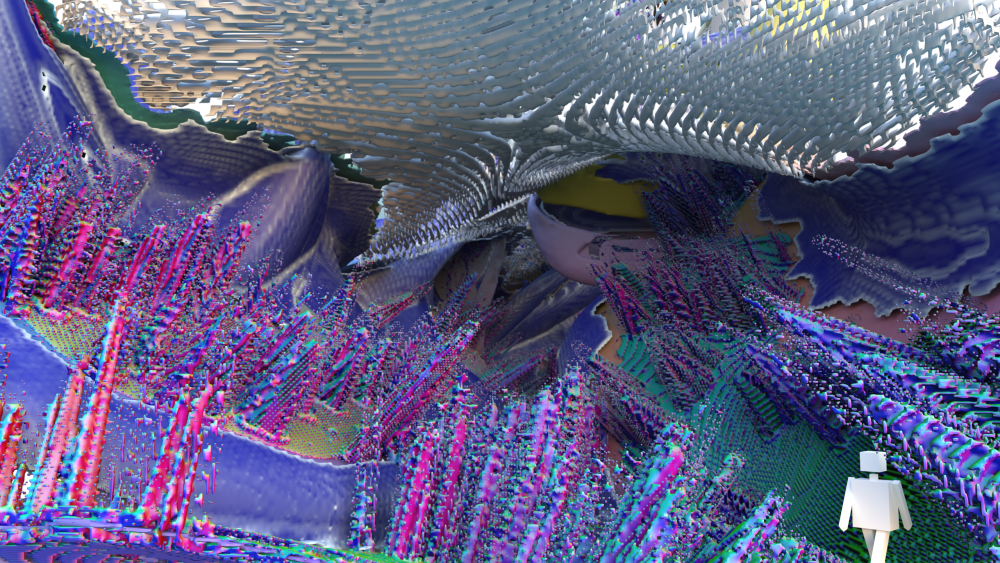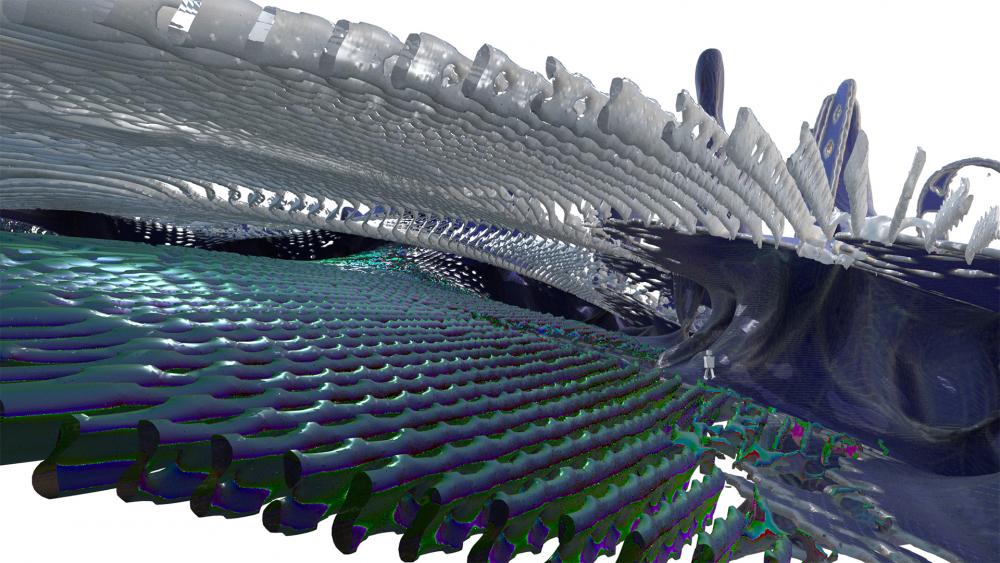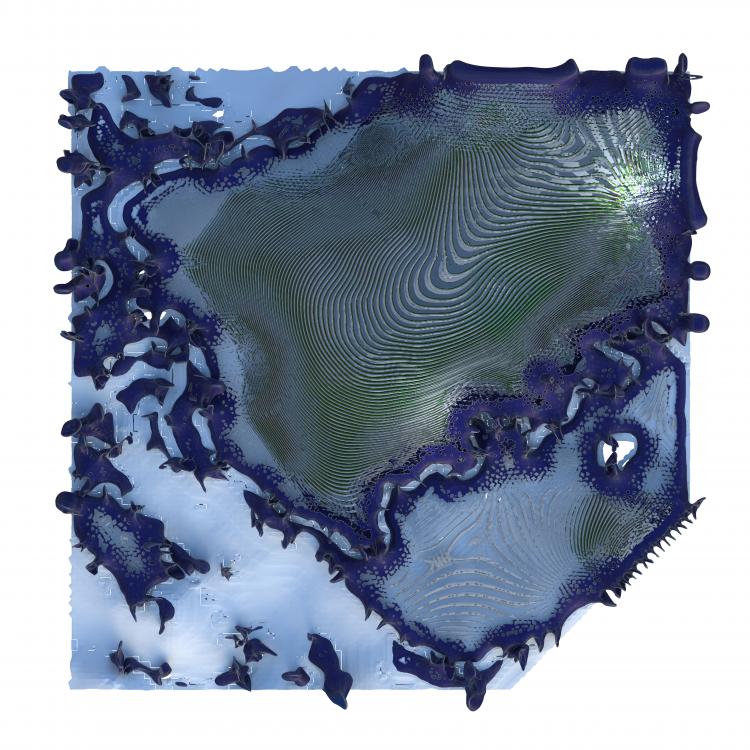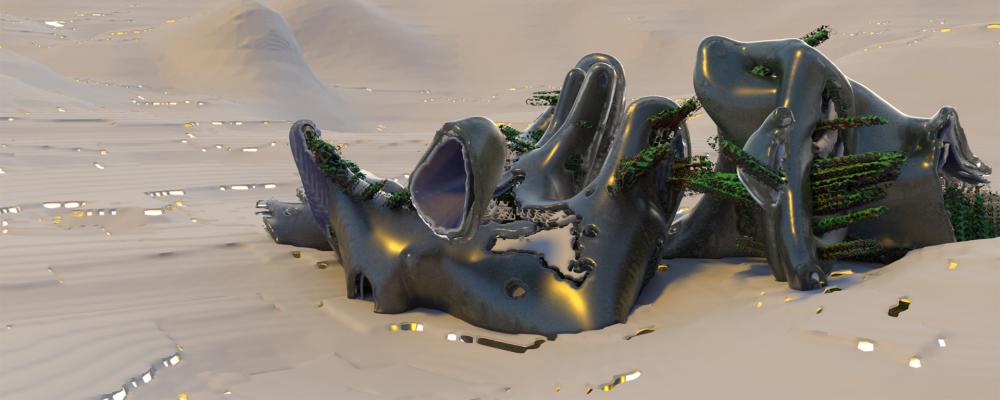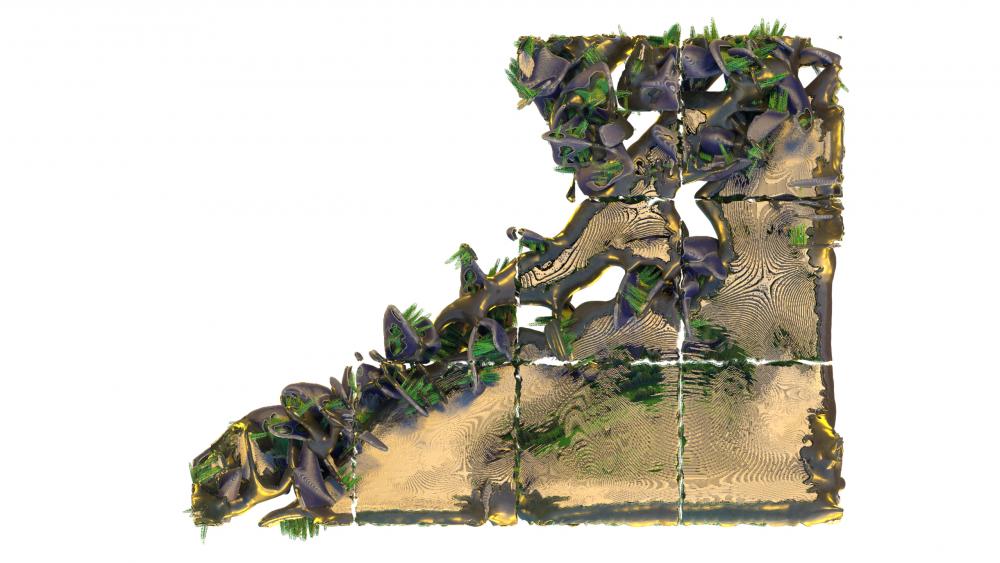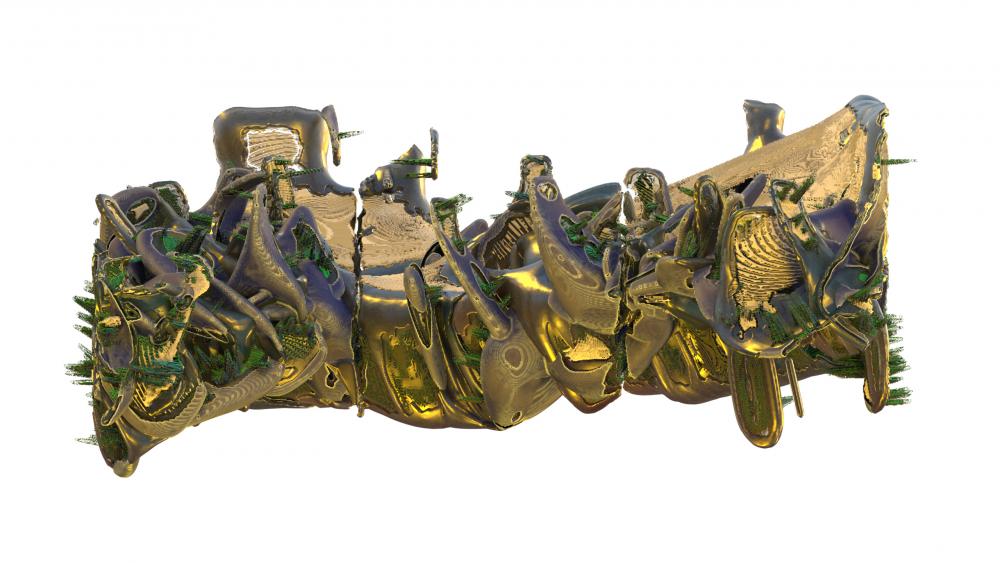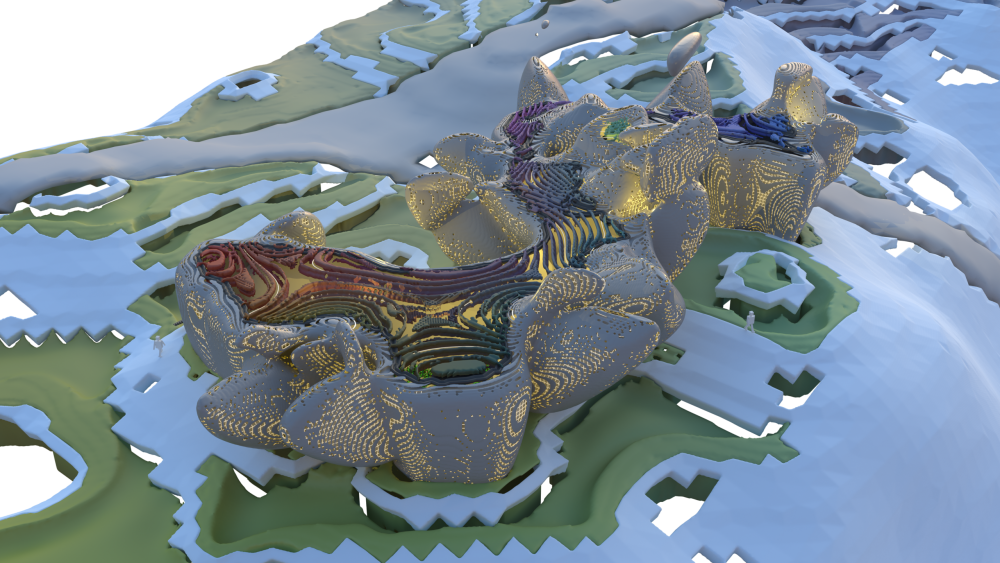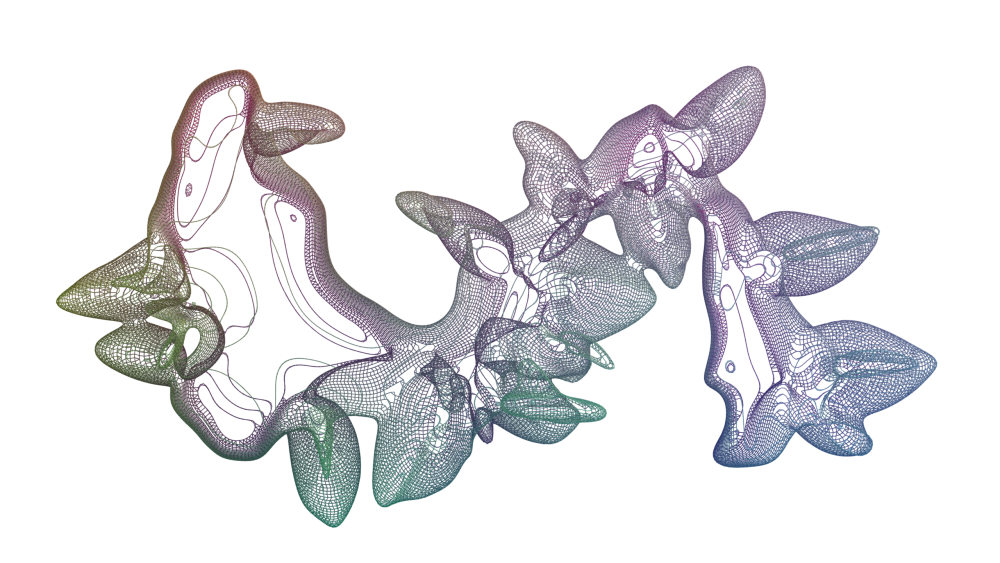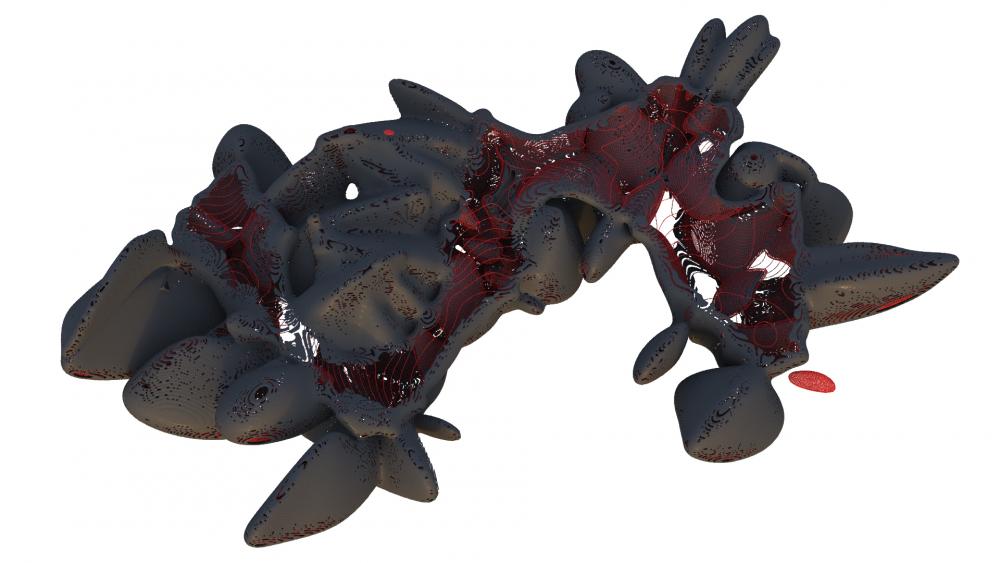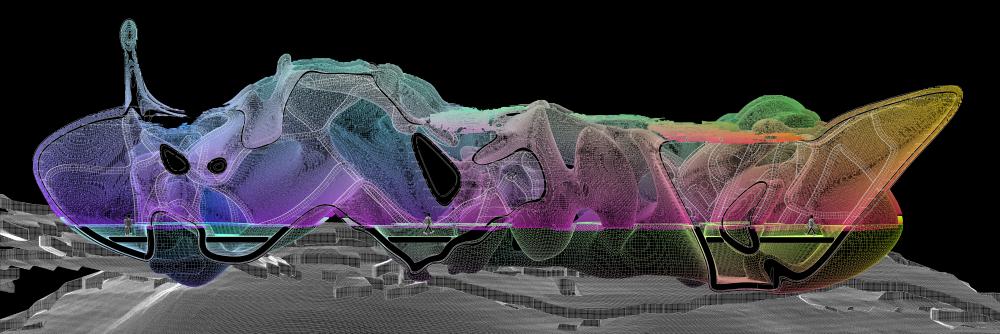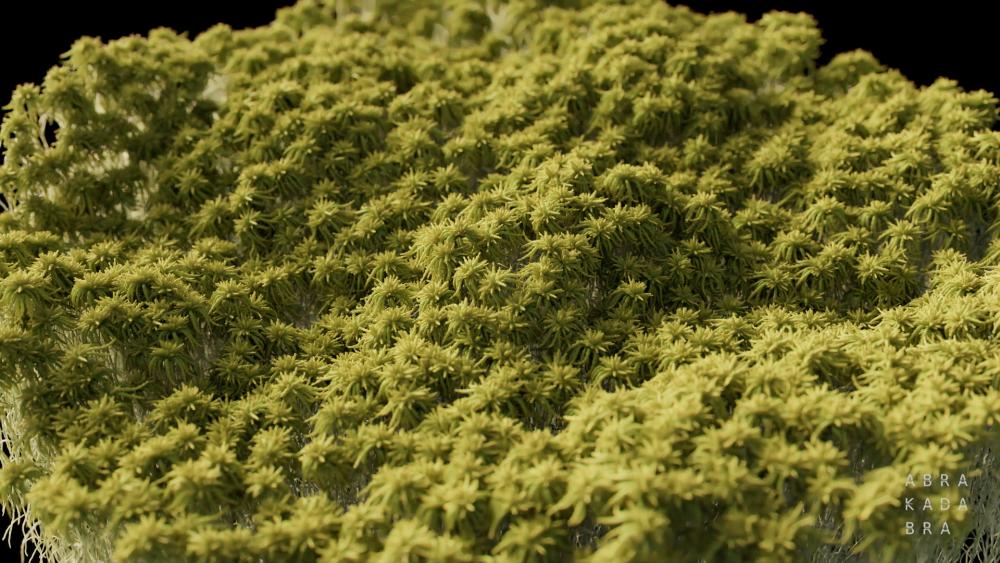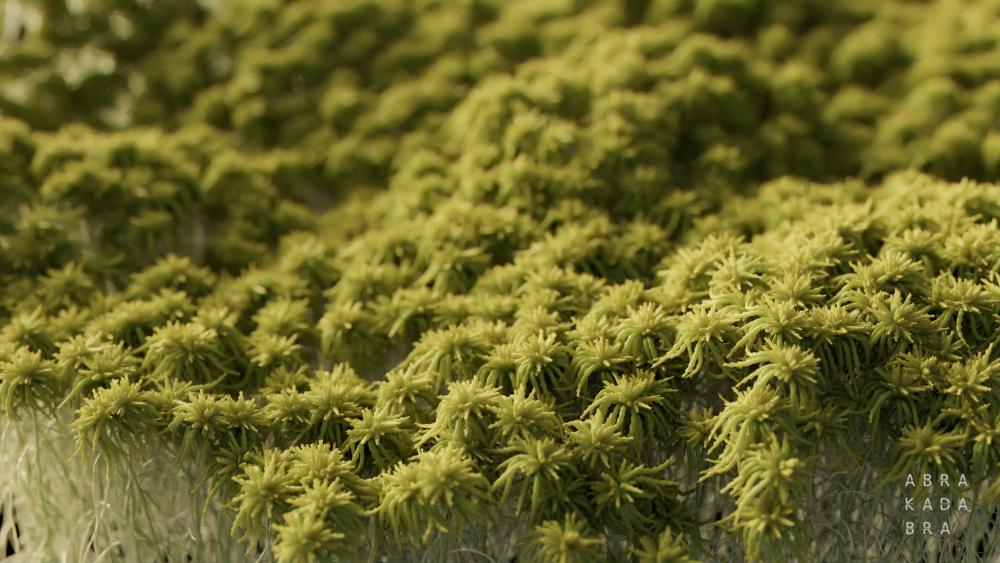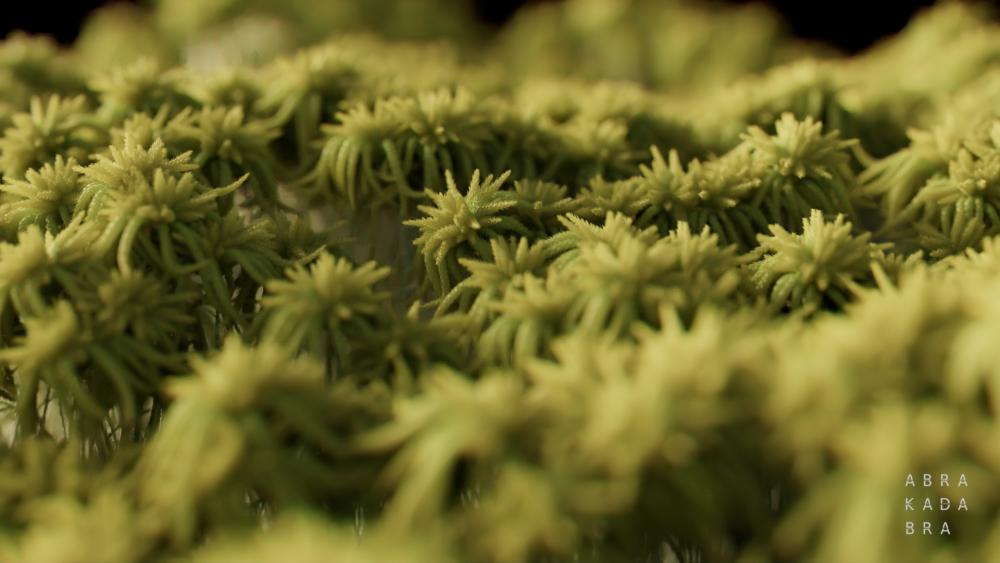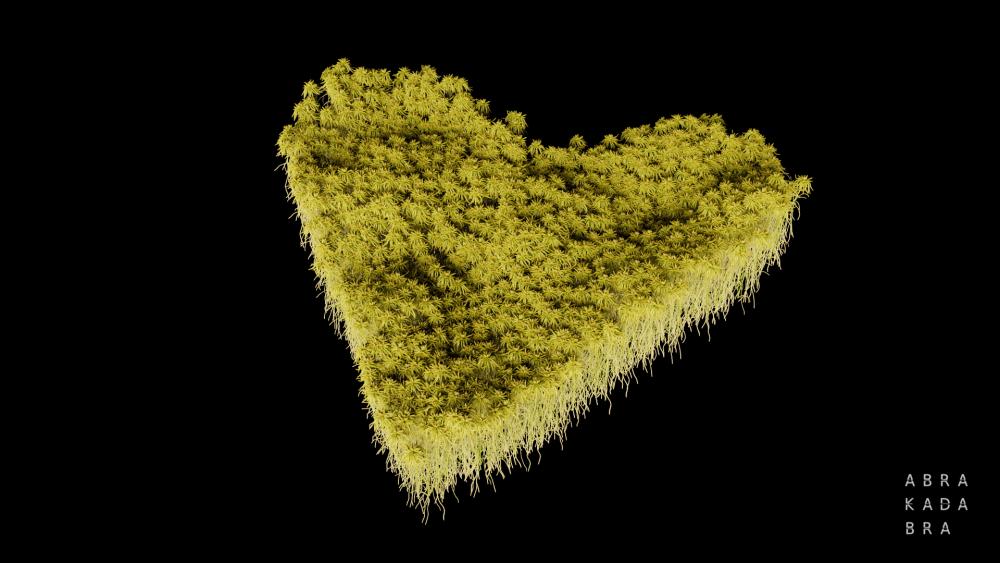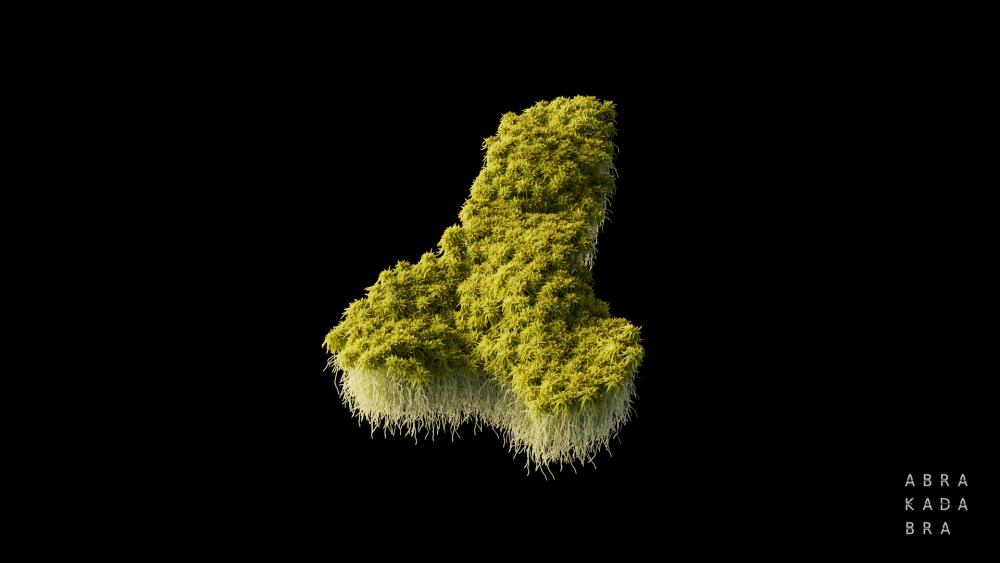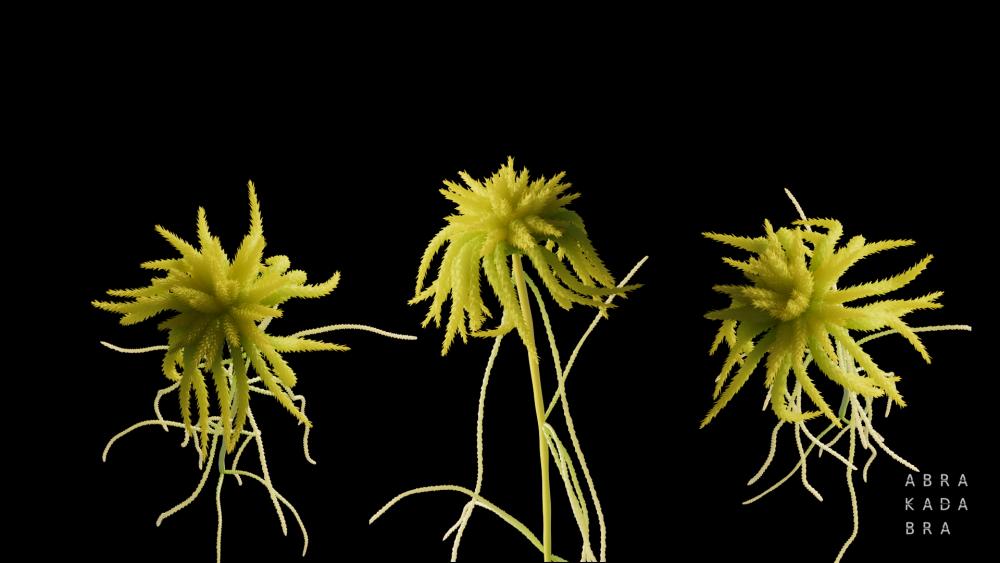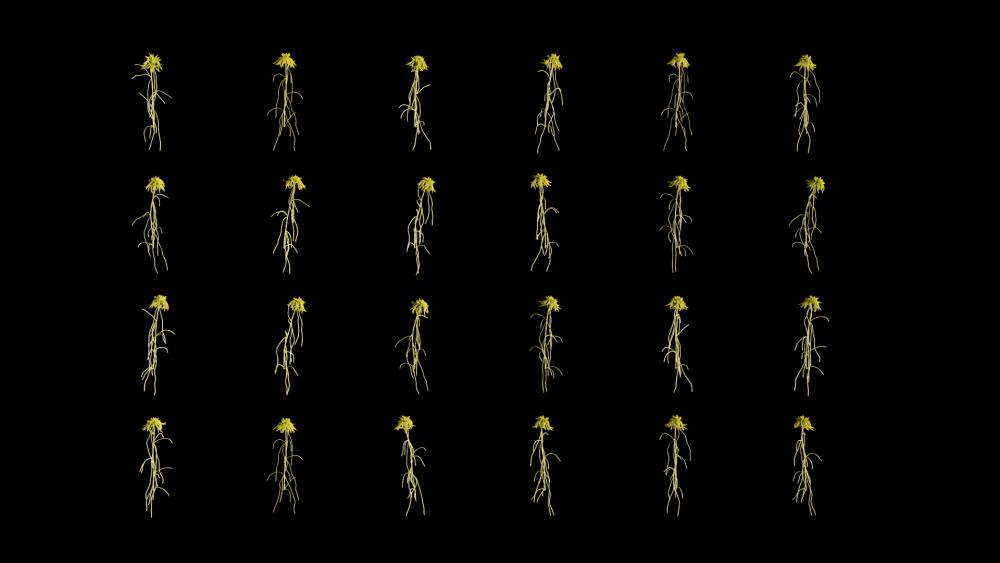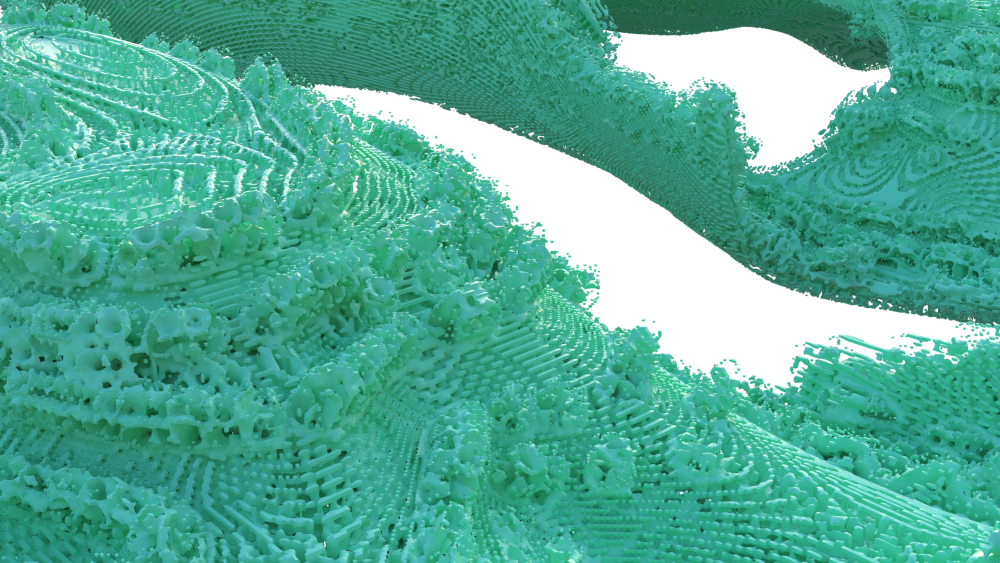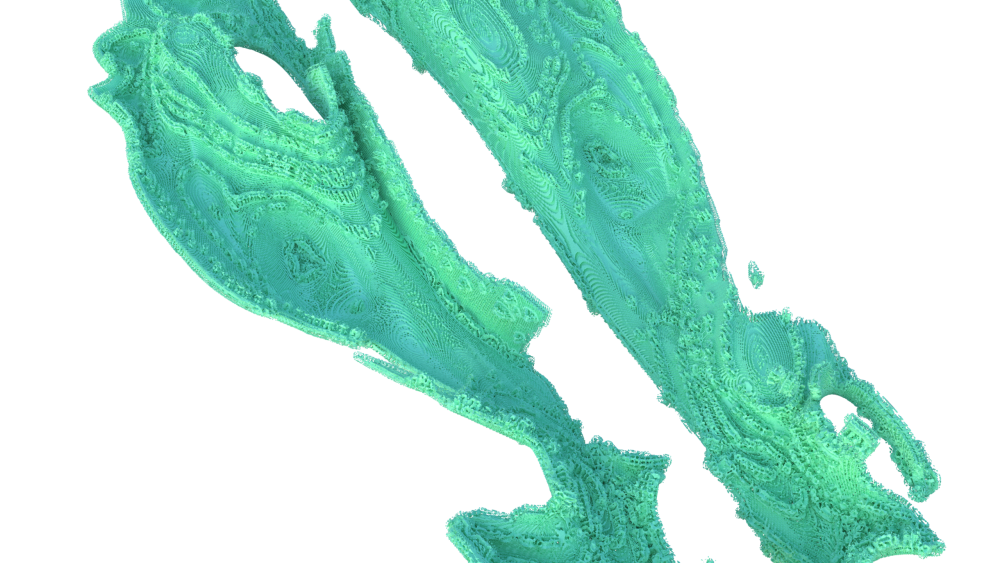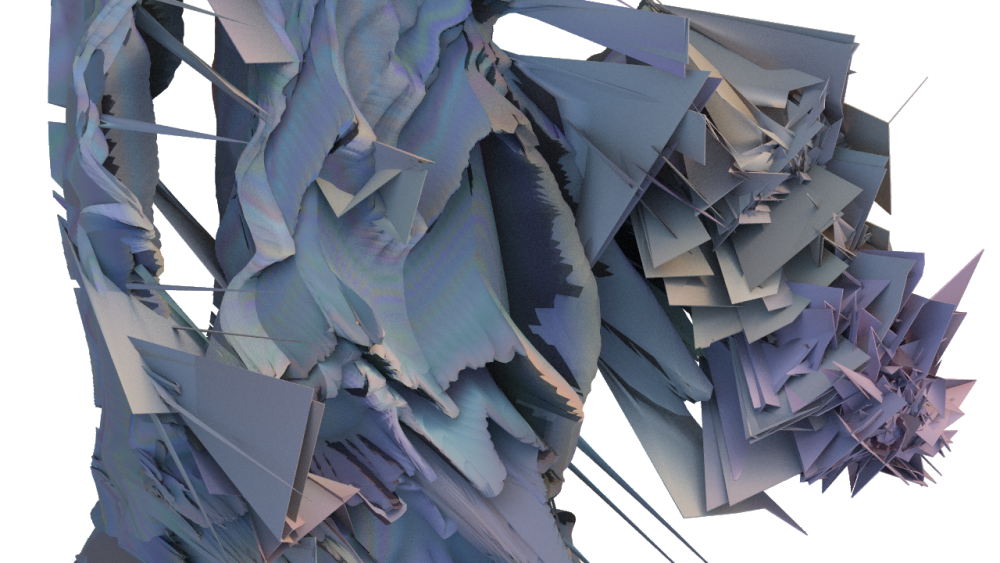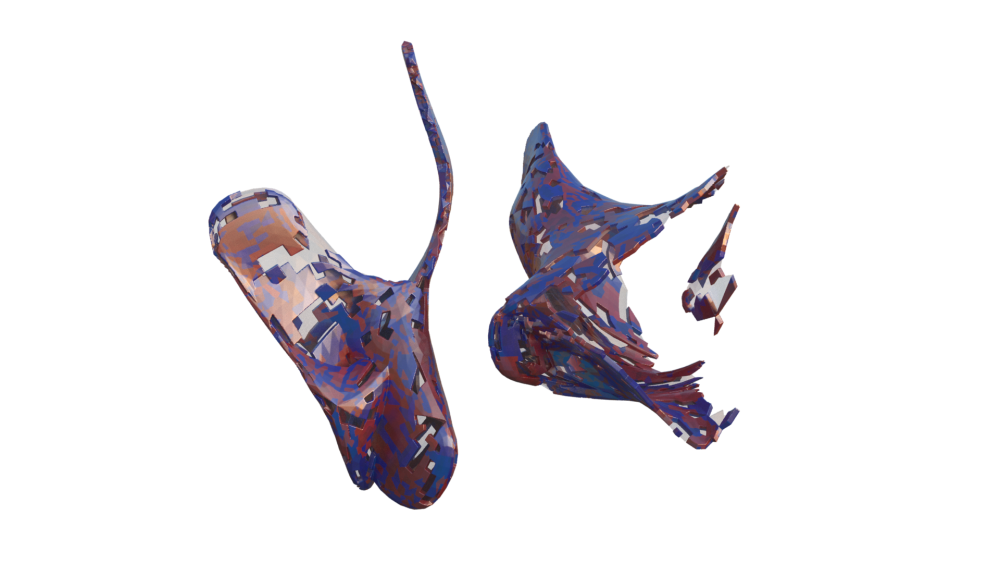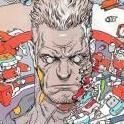Search the Community
Showing results for tags 'growth'.
-
Hey guys. I have this infection setup but i would like to stop the infection and fade it out to 0 over some time. Then start again at a different spot and repeat the whole thing. basically like an animated attrib noise but with a fade in/out(growth) to it. Any help would be awesome! Infection.hiplc
-
Hello all, I am struggling to get proper UVs to move along with this vdb surface advection (courtesy of artist Jose Leon Molfino). I assume you would just make the UVs the same as the rest attributes but I am not getting the same results (as the video I attached). There is not much out there for blending dual rest and adding UVs to a growth simulation. If someone knows the solution it would be a great help to my personal project!! I attached Jose's file below which I would like to figure out how to add UVs too. Thank you very much! https://x.com/Jose_Molfino/status/1585375392101064704?s=20 ssstwitter.com_1697331574695.mp4 vdb_advection_withoutUVs.hipnc
-
Does anyone else know how the growth of geometry like the scales in this link can be done? Scale Generator : Houdini (reddit.com) The guy who did them wasn't specific about the process. All he said was "about 150 lines of vex and a poly extrude".
- 2 replies
-
- procedural modeling
- poly extrude
-
(and 2 more)
Tagged with:
-
Hi Newbie here but hoping someone much more talented can steer me along the right direction. I'm trying to have a simple branching structure lead these unfurling ferns as shown in the preview. Ideally they unroll with a mask which is trigger their animation. Would like to add various different leaves and alternative objects down the track. Is there any easy way to achieve this? Only found something on CHOPs but not sure it's what I need... Thanks ! H Growth_setup_001.hiplc
-
Hey peoples! I recently started a personal project with the main purpose to explore setups that I either couldn't do during real production, curiosity or pure fun. As a base and also source of inspiration I'm taking real acrylic artworks of a good friend of mine. The photographs of the real artworks are prepped in Photoshop to be able to extract certain textures which I then use in Houdini to create my setups with. The concrete room was built out of a couple of individual decals and assets from Quixel. The whole thing is then being rendered with Redshift, comped with Natron and finalized in Davinci Resolve. From time to time it's seriously fun to play around with setups without having somebody behind me telling me what to do creatively like in a professional environment. No pressure, just fun Here's the first couple of clips I created in this series. Hopefully it's as fun to watch for you as it was creating it for me! You can also check it out on Instagram, Behance or Vimeo. Feedback, questions or whatever appreciated! Volume 1: Volume 2: Volume 3: Cheers!
-
I am absolutely new to Houdini. Please provide course recommendations specifically for designing complex solid volumes. My background is in architecture so I want to right now focus on architectural design, landscape design, pavilion design, geometrical sculptures (like, not involving animals, humans,etc.), industrial design, interior design etc. I am enclosing some images which illustrate the styles of geometry and design that I want to learn. Some images have been taken from https://www.softbiome.online/. I cannot afford their courses due to their steep price, therefore, seeking alternatives.
-
Houdini Abstract Virus Tutorial - Part 2: Render Download project file: https://microverse.art/?smd_process_download=1&download_id=2655 Check out my website. https://microverse.art/ Sound design: Neema Abolghasemi LinkTree: https://linktr.ee/armin_lotfi Behance: https://www.behance.net/armin_lotfi Artstation: https://www.artstation.com/armin_lotfi Instagram: https://www.instagram.com/armin_lotfi/
-
Houdini Abstract Virus Tutorial - Part 1: Setup Part 2 will be uploaded soon. Download project file: https://microverse.art/?smd_process_d... Check out my website. https://microverse.art/ Sound design: Neema Abolghasemi LinkTree: https://linktr.ee/armin_lotfi Behance: https://www.behance.net/armin_lotfi Artstation: https://www.artstation.com/armin_lotfi Instagram: https://www.instagram.com/armin_lotfi/
-
This is a preview of a series of tutorials on how to create an ice growth in HOUDINI.
-
- growth
- ice growth
-
(and 3 more)
Tagged with:
-
I originally made a post in in the WIP section, but have finalised a selection of images that demonstrate the extent of the project at this particular time. Hope to get some tips, speculation and direction . The work started with an idea of looking into systems of growth and the procedural simulation of that growth. The question of landscape surveillance and 'fertility' arose - can a landscape (or object) topology be evaluated for growth? In this case the landscape would be a scanned model of a terrain, converted from pointcloud to mesh data and thus reinterpreted as a topology of points and primitives with certain inherent attributes: Position (vector), Normals (vector), and curvature (scalar) predominantly. The simulation can then search for 'flatness' and eliminate areas of surface beyond a limit of acceptability. The surface is then displaced whilst maintaining ties to the remainder, this seemed to mirror a process not too dissimilar to inflation (although much more noisy and undefined), always using the retopologised mesh (and thus recalculated attributes) as a driver for the next frame of growth. Generated or grown form is evaluated through a series of spatial explorations with particular functional characteristics in mind. Much like a single-surface-landscape produces the massing for proposed architectural volumes, these volumes are then reinterpreted as single-surface forms that morph into a typology of architecture defined by certain rules. The primary purpose of the interior volume is to house the program of an architecture. The height of the form is predetermined in the procedural algorithm of massing to produce volumes within a range of heights (for example between 3 and 20 meters). The nature of the form suggests an architectural language of evaluated skin as a means of facilitating architectural space. This is then differentiated to provide for the various requirements of a space of production - for example: how can the floor surface serve as a platform for plant growth; how can the side envelope serve as a mediator of thermal comfort; etc? A. There is a desired differentiation between roof and side envelope - key factors to be considered are the issues of transparency in form for light to enter the space below and the capacity to drain rainwater or melting snow. B. An impression of uniformly distributed structural frames is suggested as a method of holding up a dressing of skin not too dissimilar to ideas of bone to muscle tissue connections. C. The form is interpreted as a skin multi-functional, multi-material character. There is a desire for a thermal envelope mixed with porous characteristics that allow for breathability within the interior environment, light, and mediation from the harsh external environment. The following images are all excerpts of a fully procedural exercise; all grown; but in various stages of development of the same system.
- 3 replies
-
- 1
-

-
- simulation
- growth
- (and 12 more)
-
Hello, sorry for the noob question, can you help me understand how to create and connect the different materials as seen in the render of tutorial? (mantra) https://www.wearelovedo.com/projects/ep0007---simple-growth?fbclid=IwAR2OCm7XAkGcaUdo2ZadAQ9RSWlCos-ab2QUYo7eiMA9L4qmJT06LLx6oZ8 testHead_growth.hip
-
In this tutorial we will create a cold explosion with you procedurally using houdini and add details such as cold smoke particles and ice pieces. And then we render everything
-
Hello magicians. I want to share with you the result of studying l-systems. Behold the Moss Incredible aka Sphagnum! Redshift shading. And yes, it is growing. Available on https://gum.co/fZROZ https://gum.co/qmDmg Thanks! akdbra_moss_grow.mp4 akdbra_moss_var.mp4
-
I released tutorial about procedural tree rigging system. Applying for any model. Procedural setup of the wire dynamics, non simulation wind system and growth setup working in real time. Capture geometry by spines. https://gum.co/Xxeqf I hope you'll like it.
-
Hi guys, i have a problem about growth solver. It's working when I select the start group by hand. But its not working when I created to group by animated sphere. Also there is same when i try to create starting group by attribute transfer. I seached about it and I found this topic : https://forums.odforce.net/topic/19897-solver-sop-inside-sop-solver/?tab=comments#comment-119311 Its working but it made in H13 I guess and its non commercial. I tried to rebuild it in H18.5 and its not working. I will be glad if you help. Thanks. spread-v01.hip
- 2 replies
-
- attribute transfer
- growth
-
(and 2 more)
Tagged with:
-
Hello, I've been trying to make a procedural system that generates closed leaf venation patterns, based on this paper: http://algorithmicbotany.org/papers/venation.sig2005.pdf An example of what I'm trying to achieve. I thought I would try to extend Entagma's space colonization algorithm, since all leaf venation really is is an extension of space colonization. And I've been banging my head against this wall for months, to the point of desperation. I need help. Attached is the HIP file, if anyone wants to look at it. Has anyone of you successfully implemented this before, and if so...please help! What am I doing wrong, any ideas, any tips, etc. Thank you so much! closed leaf venation.hiplc
- 14 replies
-
- leaf venation
- growth
-
(and 3 more)
Tagged with:
-
Hi all, I’ve been able to make fairly random recursive growths but these are next level with the detailed precise in the ridges and expansion. in the comments of this last post for instance, the author suggests it’s the use of curveu & poly extrusion. Could anyone elaborate on this? Ideally I could read about VEX and curveU somewhere to understand better but I am yet to find a resource like this. I feel it might be easier to grasp these concepts through an example though, so if anyone could explain the above animations that would great! If not pointing me to something to read/watch would also be amazing! thanks in advance ODforce :-)
-
Hi there, hope everbody is healthy and stays save at home... I found this great stuff on twitter: How would do you start to build this nice endless blooming in houdini? I can imagine there ar thousends of different ways to do this and I don't expecct a working solution. Because I'm relative new to houdini, I want to talk about principales ways to do this. So, my thoughts are... Build one animated "leave" thats travel around a basic shape, in this case a sphere. With this you can copy/stamp it around the basic sphere, offset the positions and timeshift the animation. The nice part in the beginning, when the "leaves" start growing and push apart each other, could be some kind of vellum. The black stems looks like simple scaling along traveling. What are your thoughts?
-
I started using Houdini about 2 years ago, recently I have felt a desire to not only share but, hopefully to open up a discussion about the explorations undertaken in the work. The first post is therefore a look at how it began. The work started with an idea of looking into systems of growth and the procedural simulation of that growth. The question of landscape surveillance and 'fertility' arose - can a landscape (or object) topology be evaluated for growth? In this case the landscape would be a scanned model of a terrain, converted from pointcloud to mesh data and thus reinterpreted as a topology of points and primitives with certain inherent attributes: Position (vector), Normals (vector), and curvature (scalar) predominantly. The simulation can then search for 'flatness' and eliminate areas of surface beyond a limit of acceptability. The surface is then displaced whilst maintaining ties to the remainder, this seemed to mirror a process not too dissimilar to inflation (although much more noisy and undefined), always using the retopologised mesh (and thus recalculated attributes) as a driver for the next frame of growth. The video and images below are examples of the earliest explorations (and failures) of this theme, first applied to a modelled object, with the video then moving onto a landscape: https://vimeo.com/376861116
- 1 reply
-
- procedural
- object
-
(and 2 more)
Tagged with:
-
Physarum, an experimental animation designed to show off a slime mold simulation, based on a research paper by Jeff Jones. What started as a redshift renderer test, quickly evolved into something much larger. Soon after implementing the paper in Houdini, I realized the simulation could be used to generate some pretty incredible designs. In this case the simulation is attempting find the most optimal paths through a given volume, creating tube like structures that are constantly evolving. I can attach the project file if there's any interest! If you are interested in reading the original paper, here’s a link to that: eprints.uwe.ac.uk/15260/1/artl.2010.16.2.pdf Bonus wireframe simulation showing my first 3D implementation of the algorithm: vimeo.com/182029750/74f8965df6 Bonus steiner tree example: vimeo.com/181717693/fe912eb22b
-
Hey, On June 3rd I will be teaching an advanced Houdini masterclass at the Effects America conference in Montreal. I will be covering growth systems. Should be good fun: https://www.effects-events.com/en/master-classes/ Description: During this advanced Houdini masterclass you will learn how to create an art-directable growth system. Digitally constructing things can be as challenging if not more challenging than destruction, this class will focus on the former. The class is split into two main sections. The first section of the class will dive into building the growth solver prototype tool. This covers solvers, some vector math, chaos theory, 2d & 3d growth, custom forces and tool development. The second section of the class dives into using the tools to grow a 2d and 3d pattern that is procedurally animated and prepared for rendering. This covers path finding, procedural animation, combining 2d and 3d patterns, custom attributes and aovs/render passes for comp. Take away: Understand the algorithm and concepts for building a growth solver. Build a user-friendly and efficient tool that can scale from small scale single growth to growing large datasets for entire vfx sequences. Understanding and making use of Houdini’s data acceleration structures. Gaining insight into the art-direction and approval process for both the grown pattern as well as the procedural animation. The audience: This course is intended for intermediate to advanced Houdini users. Users should have a working understanding of the Houdini interface and overall data flow (contexts, attributes, datatypes). Houdini Apprentice can be used for this class. Hope to see you there or perhaps at the conference, Peter
- 2 replies
-
- 2
-

-
- effects america
- growth
-
(and 1 more)
Tagged with:
-
Hey people of Houdini. I have now pulled all the hair I have left out and I need your help... I have been creating a growth effect similar to the Flyknit effect of Simon holmedal and using tips from entagma to get my vertex to point in the direction of growth. It works great and I'm happy with the results BUT... Now I have a loop of knit animated and want the animation to execute as the growth reaches it. I have tried for each loops with no avail. Can anyone help. I have been tasked to create this knitting structure for a project and I'm lost in a knotty mess. Cheers Andy Knittingtest02.hipnc
-
Hi Everybody, Im looking at Entagma's shortest path growth by Ben, trying to find a way to randomise the carve sop. Any ideas, also Im new to Houdini, sorry for being a hassle.
-
Hey there, I Have a setup going that I followed from the Entagma Patreon page. It's a cell growth system based on VDB's. and VDB analysis. I got it working so it's colliding with an object outwards. But what if I want a pighead for example and place the cells inside? Basically, how do I invert this setup so the cells grow inside an object and collide? I think I'm overthinking this one and I need some help here. Cheers! BubblePush_v3_odforce1.hip



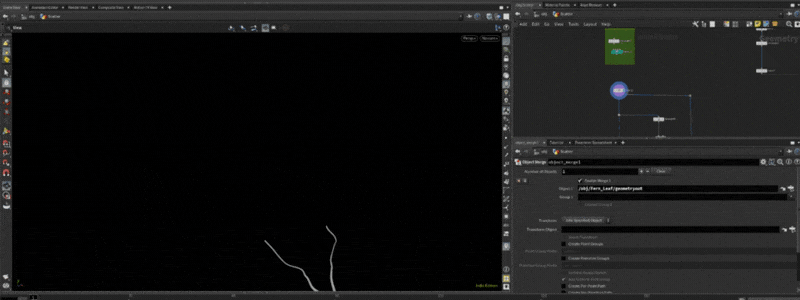
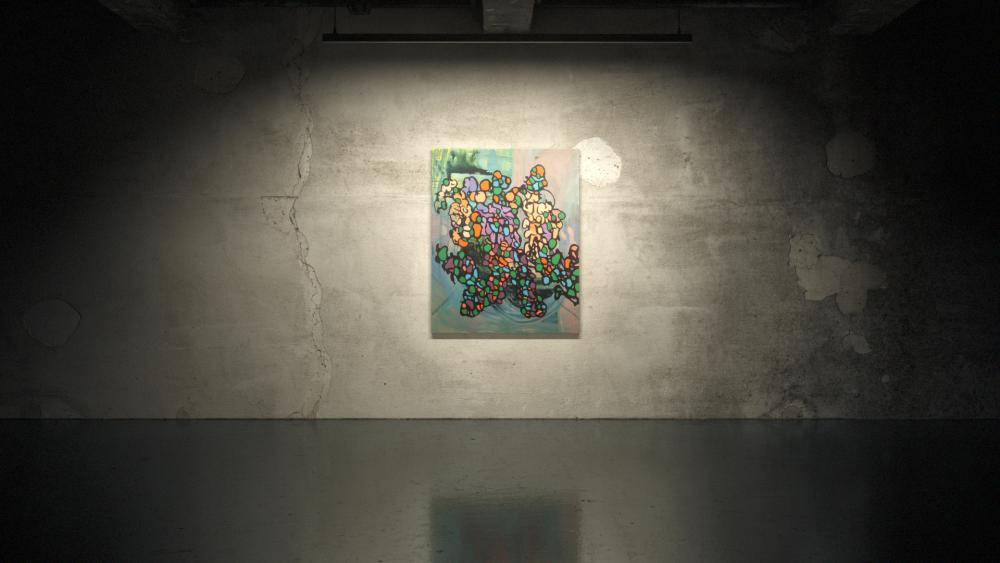
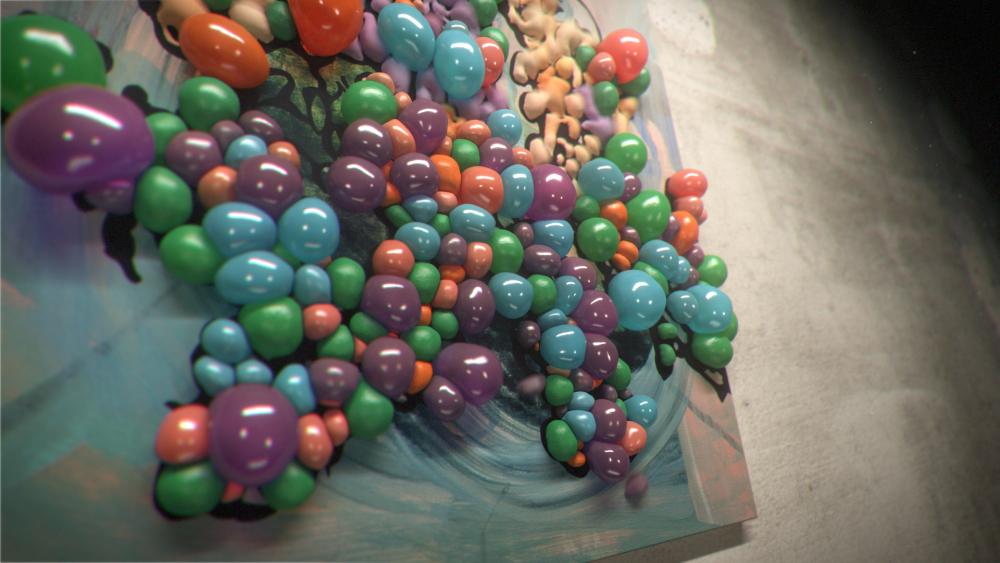
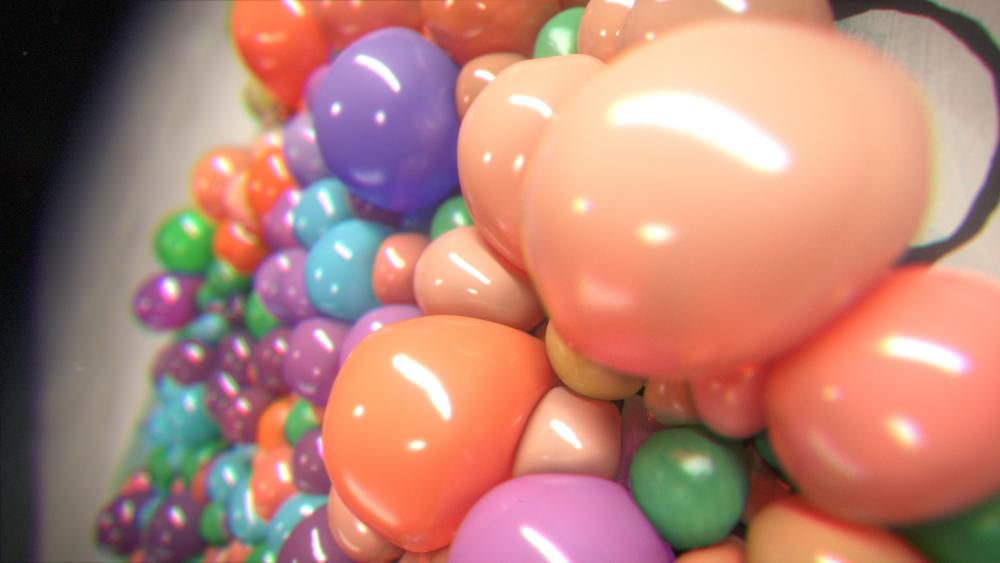
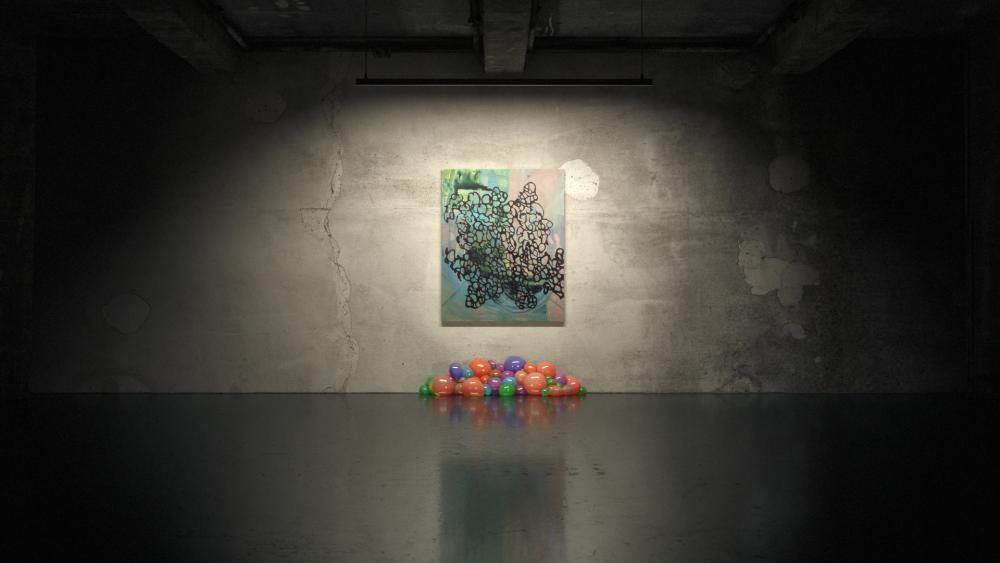
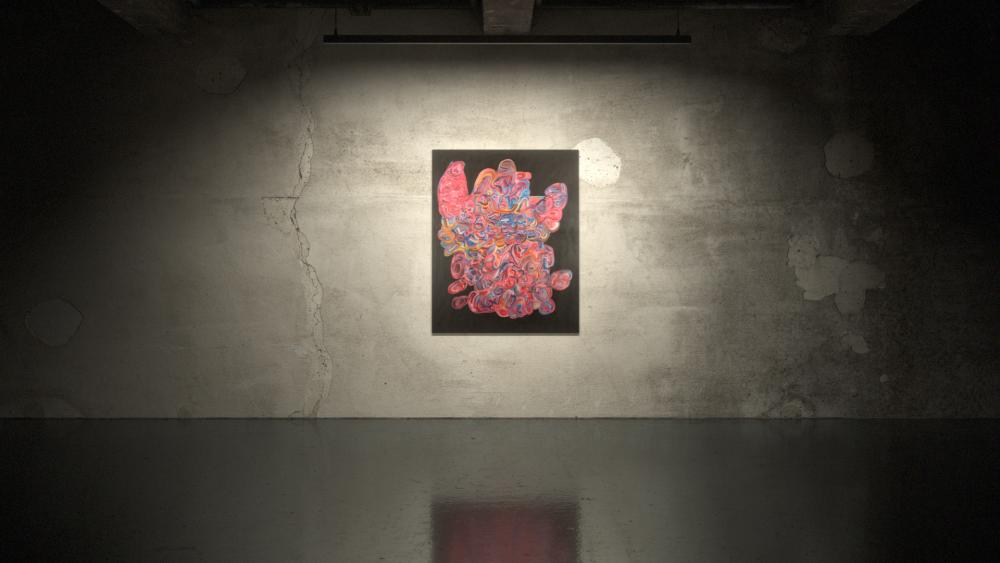

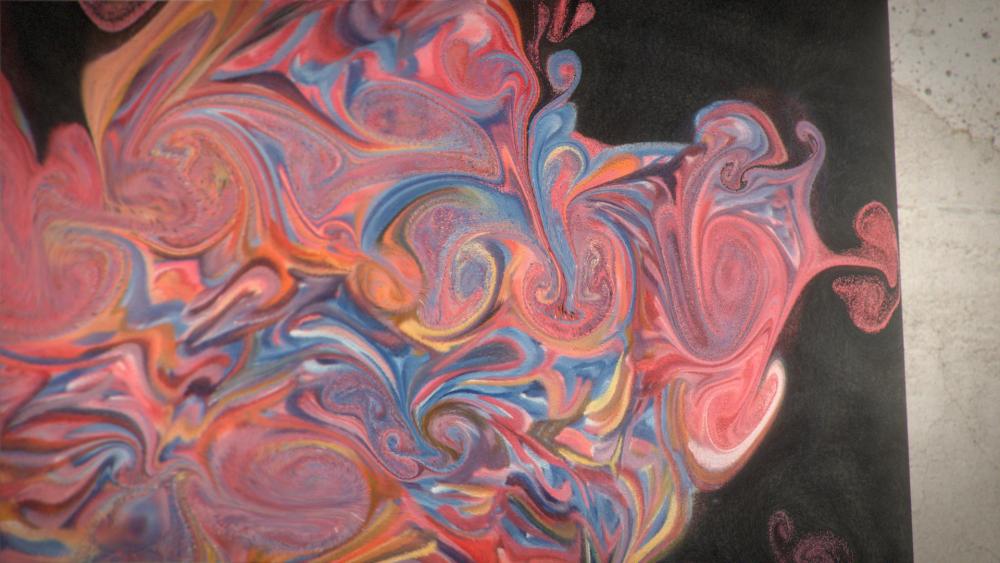
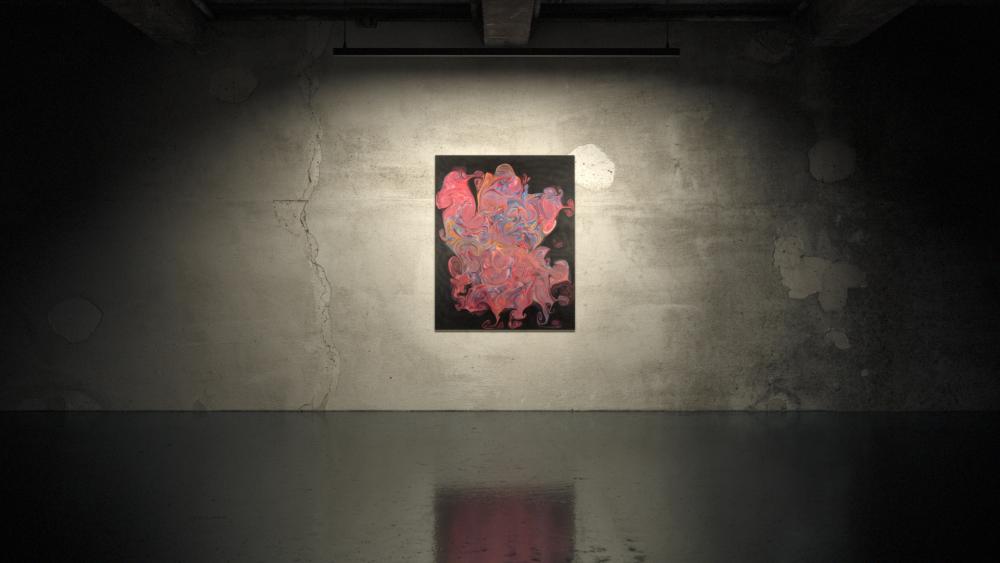
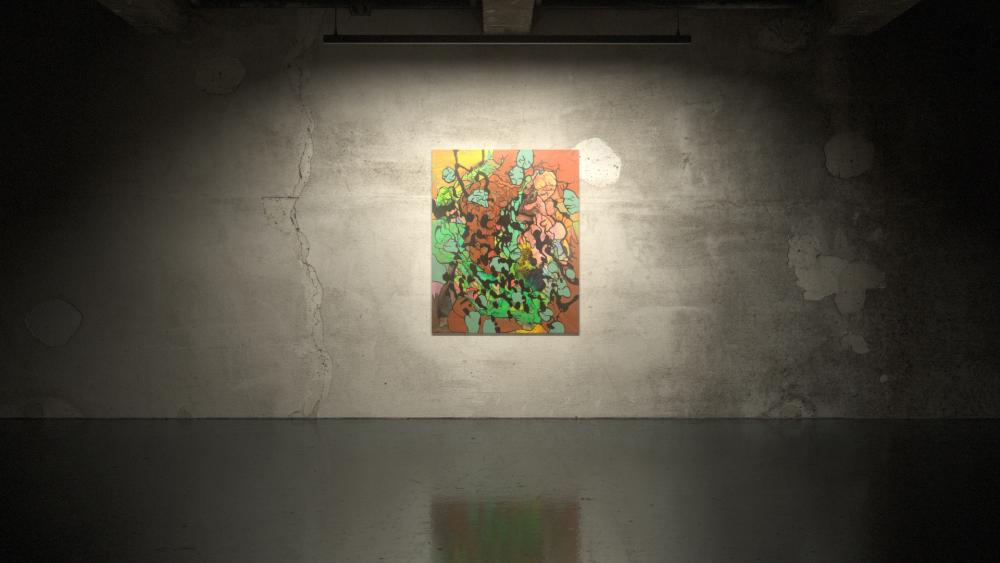
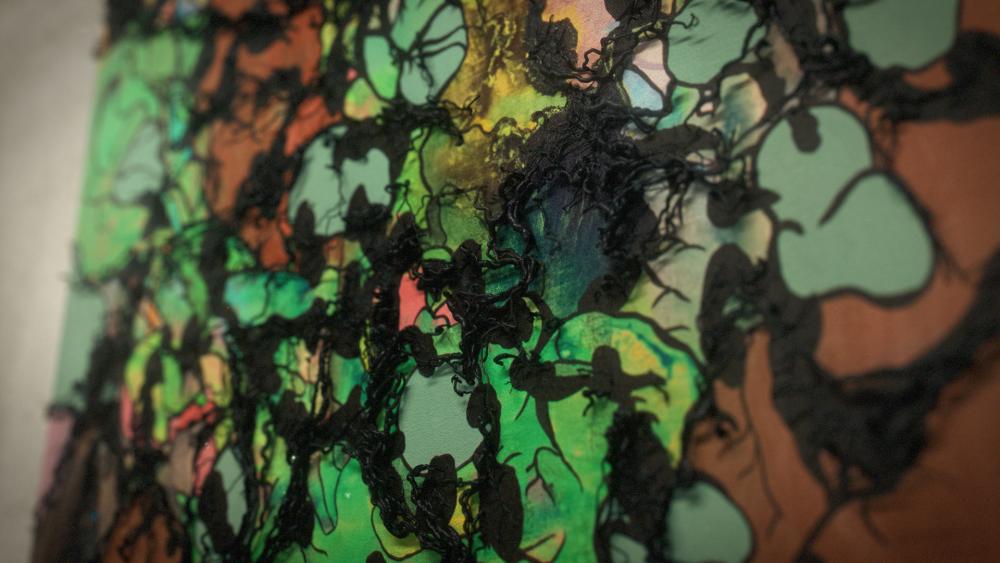
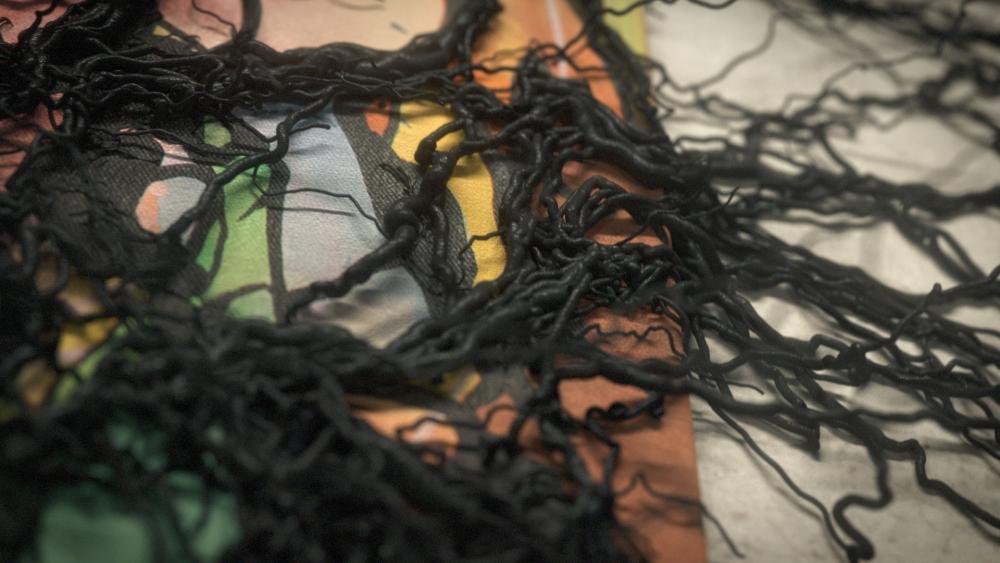
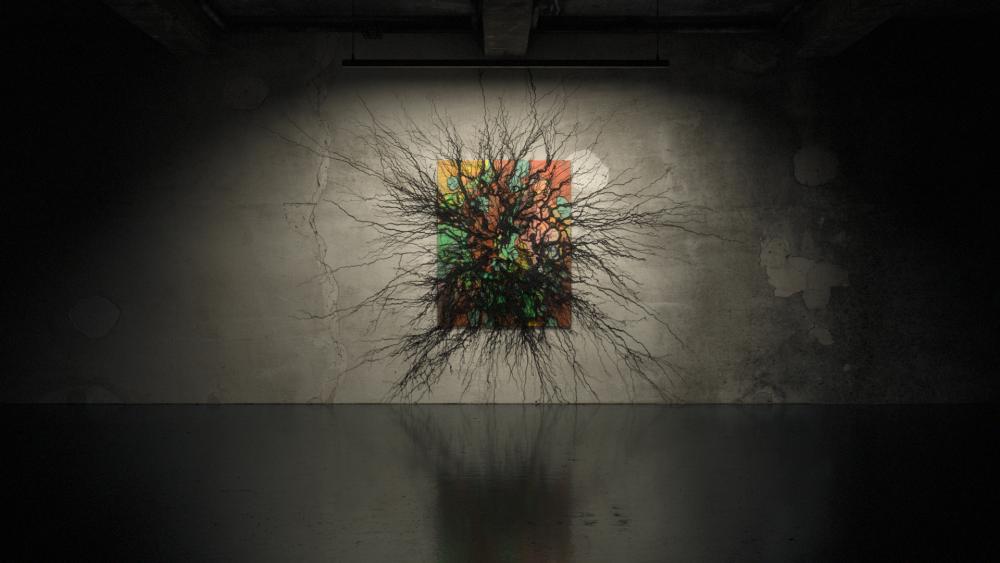
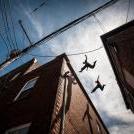
.thumb.jpg.6758695c9257bb68b629fa586893a6c6.jpg)
.thumb.jpg.9afa045ae9f8301cd00cf61d0622afc7.jpg)
.jpg.5a29d5f66c42c0c621ad8e21287035d0.jpg)
.thumb.jpg.b924b555c1ec60611ce9adb41c7a4041.jpg)
.thumb.jpg.fdfcf049a51111b820d6dd018cd7fd99.jpg)
.thumb.jpg.34a62636001a39dede464f0f0500e05e.jpg)
.thumb.jpg.596e28e2e65bd455a571446b0b4b9bf2.jpg)
.thumb.jpg.6ed37724ac136f550fd4f8fdc998787d.jpg)
.thumb.jpg.2d44da87ca12cc55455b16564916ce06.jpg)
.thumb.jpg.8c482902a9e5d6e48a6c1630718d049f.jpg)
.thumb.jpg.23dddfa4a1d2b7796038c1c21ebdb301.jpg)
.thumb.jpg.8c7ab1a97a3410a9fa4855c343cf5cd1.jpg)
.thumb.jpg.56df6772cfe5dcab4468988e362acbbc.jpg)
.thumb.jpg.2e5f2d820af2af6c21679600ca667384.jpg)
.thumb.jpg.971a116b986b23bad1f261bd50812f26.jpg)
.thumb.jpg.cf2ecced9bfc3c5a89dbd82567b9faf5.jpg)
.thumb.jpg.e76d9e55dbf0ead6a8f6ec2fff4ac1a0.jpg)
.thumb.jpg.6836d6d176915c8ca182cc60be160472.jpg)
.thumb.jpg.a99432a9894ddf8cebb7ccd1b6740c04.jpg)

